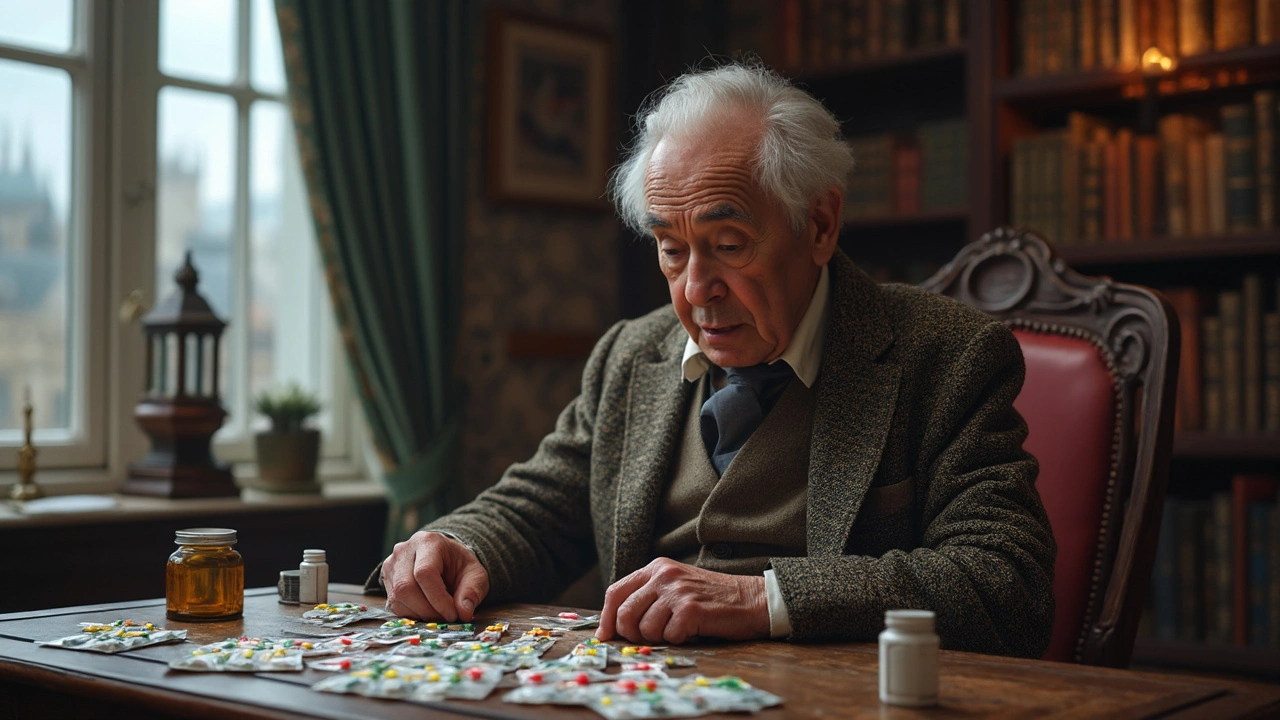Anticoagulants – Your Quick Guide to Blood Thinners
If a doctor told you to start an anticoagulant, you might wonder what that actually means. In simple terms, these drugs keep your blood from forming clots that could block vessels and cause serious problems like strokes or heart attacks. Think of them as a gentle brake on the clotting process.
How Anticoagulants Work
Every clot starts when certain proteins in your blood stick together. Anticoagulants either block those proteins or slow down their activity. Classic warfarin, for example, interferes with vitamin K, which the body needs to make clotting factors. Newer direct oral anticoagulants (DOACs) like apixaban and rivaroxaban target specific steps in the clotting chain, so they work faster and need less daily monitoring.
Because they affect your whole circulatory system, you’ll notice a few practical differences. Warfarin requires regular blood tests (INR checks) to keep the dose right, while DOACs usually have fixed doses that don’t need routine labs. That makes DOACs popular for many patients, but warfarin still has a role when kidney function is an issue or cost is a concern.
Choosing the Right Blood Thinner
The best anticoagulant depends on your health story. If you’ve had atrial fibrillation, a DVT, or a recent surgery, your doctor will weigh factors like age, kidney health, and other meds you’re taking. Some drugs interact badly with antibiotics, anti‑inflammatories, or herbal supplements, so always list everything you use.
Side effects are usually mild but can be serious if you ignore them. The most common warning sign is unusual bleeding – nosebleeds, gum bleeds, or blood in your stool or urine. If you notice bruising that doesn’t match a bump, call your doctor right away. Remember, these meds don’t stop all bleeding; they just make it harder for clots to form.
When you start an anticoagulant, keep a small notebook of your dose, any missed pills, and any bleeding events. This habit helps both you and your healthcare team catch problems early. Also, wear a medical alert bracelet that says you’re on a blood thinner – it can be lifesaving in emergencies.
Diet matters too, especially with warfarin. Foods high in vitamin K (like kale, spinach, and broccoli) can lower the drug’s effect, while sudden changes can swing your INR out of range. You don’t have to avoid these veggies completely; just aim for a consistent amount each day.
If you travel or need surgery, plan ahead. Tell any dentist, surgeon, or urgent‑care clinician that you’re on an anticoagulant. Some procedures may require stopping the drug briefly, but never do this without medical guidance – stopping suddenly can raise clot risk dramatically.
Finally, stay updated on new research. Scientists keep testing shorter‑acting agents and reversal pills that can stop bleeding fast if needed. Knowing what options exist helps you ask informed questions at your next appointment.
Anticoagulants are powerful tools when used correctly. By understanding how they work, watching for side effects, and keeping open communication with your doctor, you can protect yourself from dangerous clots while minimizing risks.
Warfarin has long been a staple for preventing blood clots, but it’s not the only option. This article explores nine alternatives that promise effective anticoagulation with varying benefits and drawbacks. Understanding the pros and cons of each can help in making informed healthcare decisions, especially for those seeking options with fewer dietary restrictions or different dosing schedules. Whether you're considering oral medications or injectables, there are modern choices available beyond Warfarin.
Mar, 24 2025

